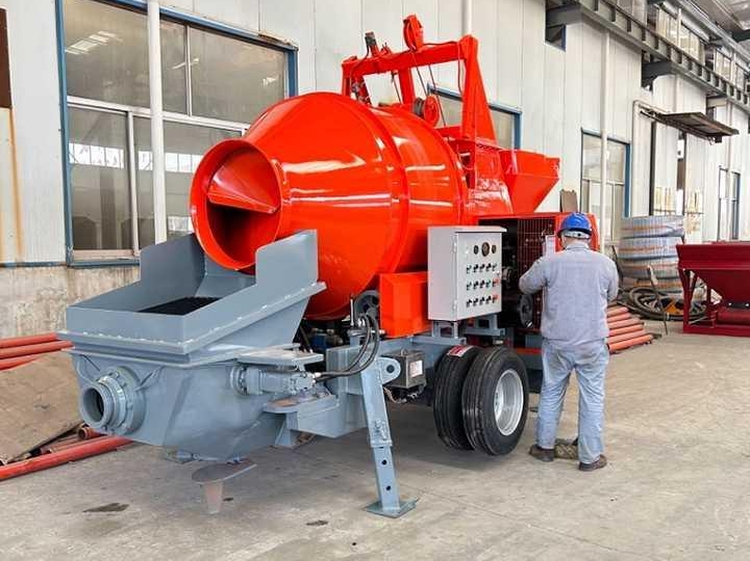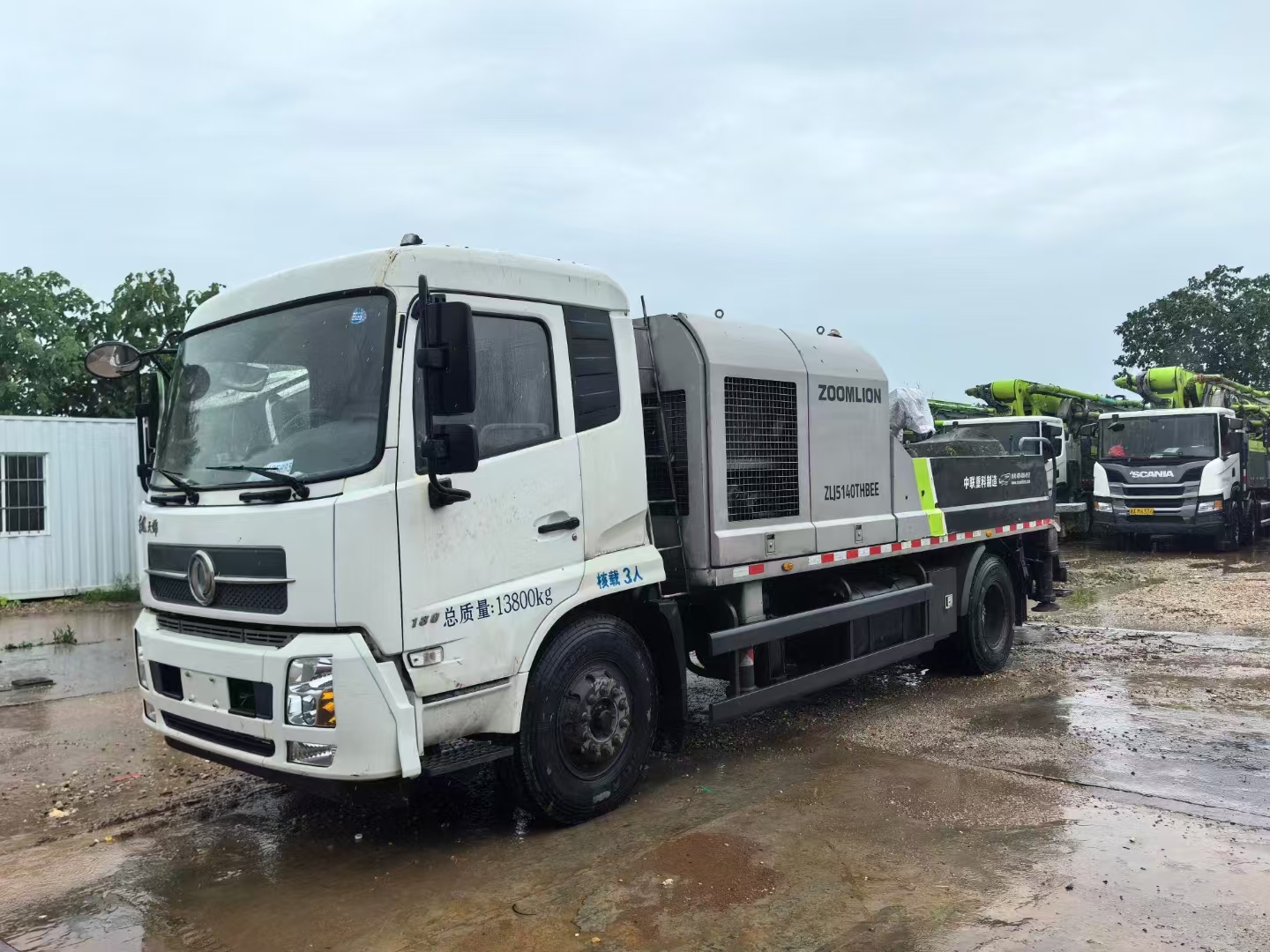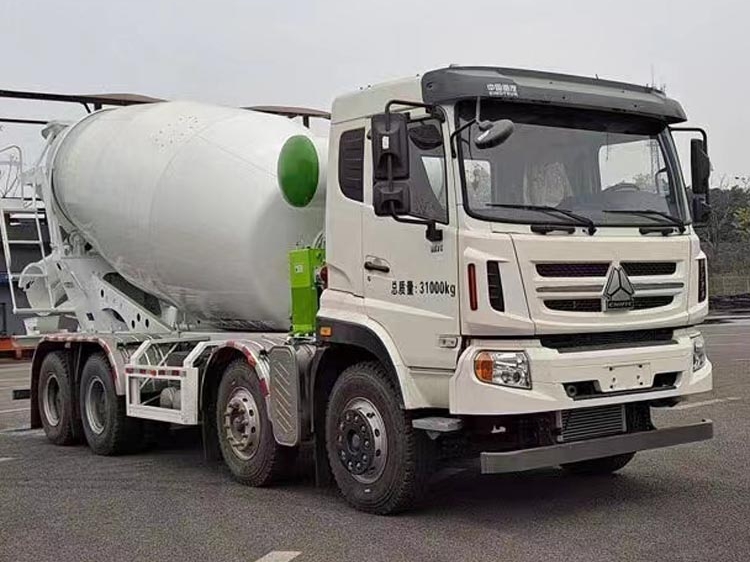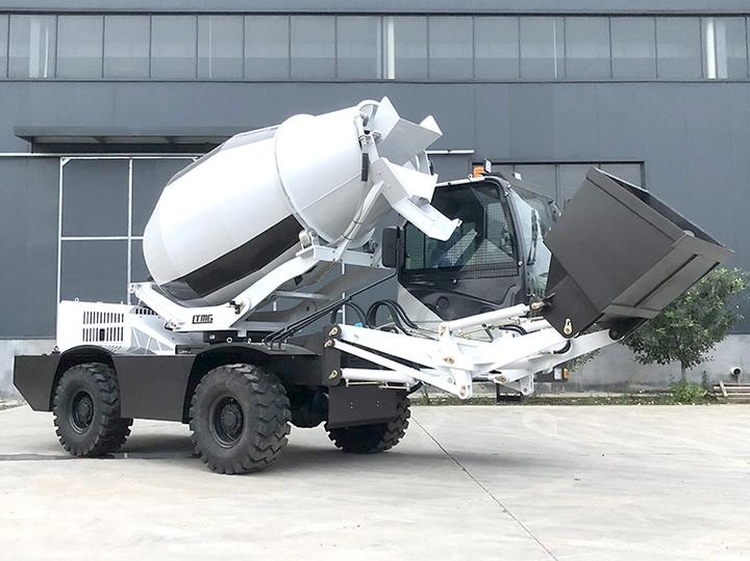The Future of Autonomous Concrete Machinery in Smart Construction
-
Thesis: Autonomous concrete machinery, powered by AI, robotics, and IoT, is rapidly moving from pilot projects to mainstream adoption, promising transformative gains in safety, productivity, and precision within smart construction ecosystems.

-
Outline:
-
The Drivers: Labor shortages, demand for 24/7 productivity, enhanced safety (removing humans from hazardous tasks), pursuit of perfect precision, integration with BIM/digital twins.
-
Current State (2025):
-
Finishing Robots: Mature technology, widely adopted for large slabs (warehouses, big-box retail). Fully autonomous path planning, obstacle avoidance, consistent multi-pass finishing.
-
Autonomous Mobile Mixers/Transport: Pilots for AGVs delivering concrete from batch plant to pump/pour location on large, structured sites (e.g., prefab yards, mega-projects).
-
Automated Pumping Systems: Advanced semi-automation (boom stabilization, pre-programmed movements), early-stage fully autonomous pipe cleaning/obstacle detection for booms.
-
3D Printing Robots: Autonomous operation guided by CAD models, printing complex structures.
-
-
Enabling Technologies:
-
Advanced Sensors: LiDAR, Radar, Stereo Cameras, GPS-RTK (cm accuracy), Inertial Measurement Units (IMU), Material property sensors.
-
AI & Machine Learning: For perception (understanding dynamic environment), path planning, decision-making, adaptive control (e.g., adjusting trowel speed/pressure based on concrete set).
-
Robotics: Precise actuators, durable platforms for harsh environments.
-
*Connectivity (5G/Private LTE):* High-bandwidth, low-latency communication for coordination and remote monitoring.
-
Digital Twin/BIM Integration: Machines operating directly from the project's digital model.
-
-
Benefits:
-
Safety: Remove operators from repetitive, strenuous, or hazardous tasks (edge work, fumes, noise).
-
Productivity: 24/7 operation, no fatigue, faster cycle times.
-
Quality & Precision: Unwavering consistency, meeting exacting tolerances (flatness, dimensions).
-
Labor Optimization: Free up skilled labor for supervision, planning, complex tasks machines can't do.
-
Data Generation: Continuous data on process parameters for optimization.
-
-
Challenges & Barriers:
-
High Initial Investment: Cost of R&D and sophisticated hardware.
-
Complex Site Environments: Unpredictable weather, dynamic obstacles (people, other equipment), varying ground conditions. Requires robust perception/AI.
-
Regulation & Standards: Safety certification, liability frameworks, operating protocols.
-
Workforce Adaptation: Need for new skills (supervision, maintenance, programming).
-
Cyber Security: Protecting autonomous systems from hacking.

-
-
The Road Ahead: Gradual adoption, starting in controlled environments. Hybrid human-machine teams as the norm for the next decade. Increased focus on interoperability within smart sites. Potential for fully autonomous concrete construction sites long-term.
-
 Global Concrete Machinery Mark
Global Concrete Machinery Mark
 Concrete Recycling Machinery:
Concrete Recycling Machinery:
 Latest Technological Advanceme
Latest Technological Advanceme
 Energy-Efficient Concrete Mach
Energy-Efficient Concrete Mach
